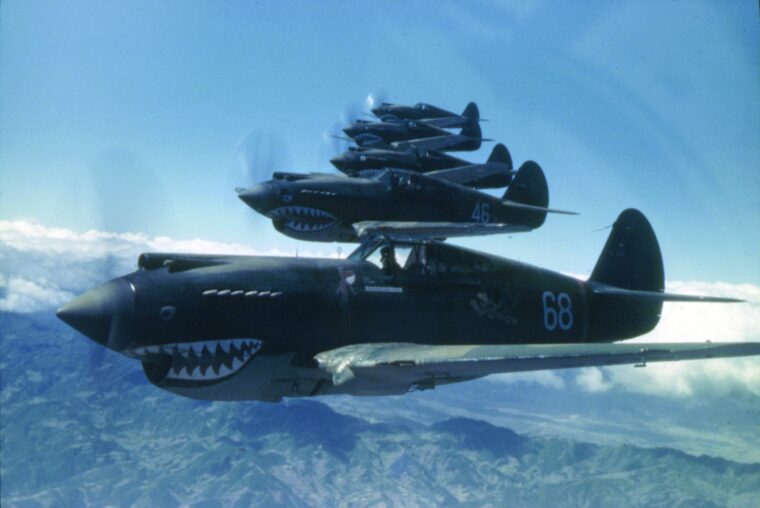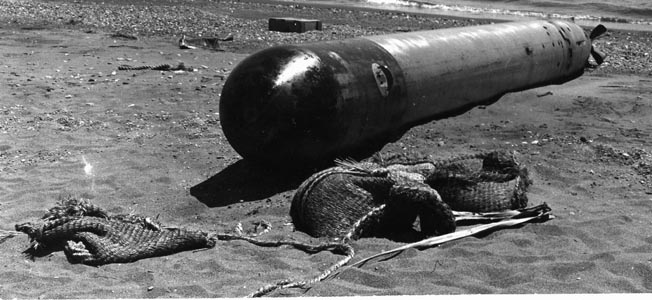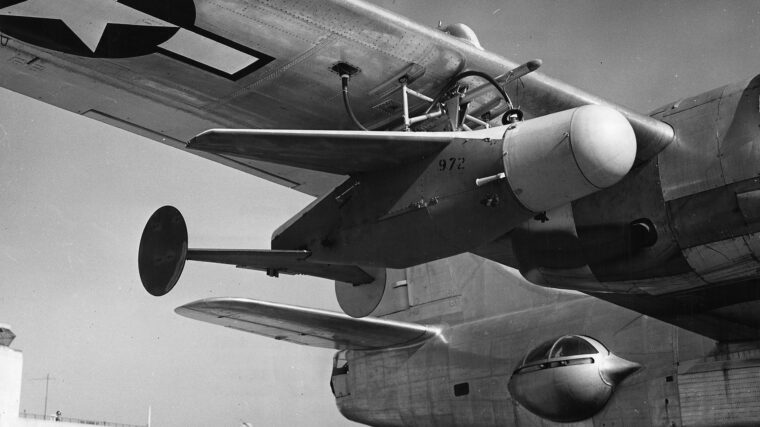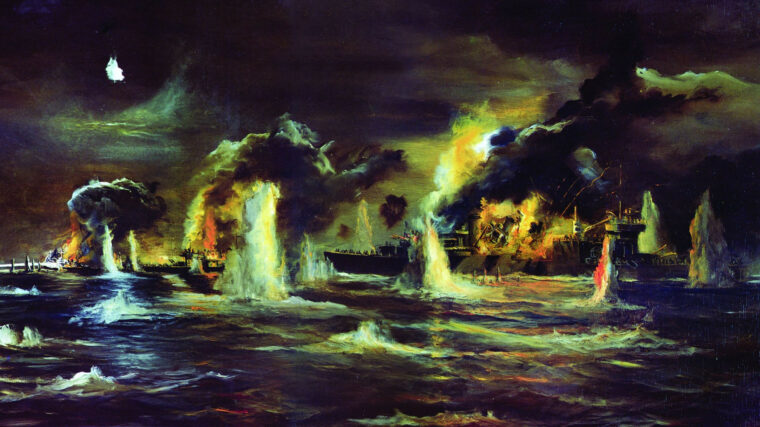
Pacific Theater
Darter & Dace at the Battle of Leyte Gulf
By David Alan JohnsonAs soon as he arrived on the bridge of the submarine USS Dace, Lt. Cmdr. Rafael C. Read more

The Pacific Theater during World War II is generally regarded as the area of military confrontation between the Allied powers and Imperial Japan. The Pacific Theater consists of the entire operational expanse of the war from the Aleutian Islands in the north to Australia in the south, including island chains such as the Solomons, Gilberts, Marshalls, and Marianas. The China-Burma-India (CBI) Theater is also considered a major component of the Pacific Theater.

Pacific Theater
As soon as he arrived on the bridge of the submarine USS Dace, Lt. Cmdr. Rafael C. Read more

Pacific Theater
Why, with the Marauders riddled with disease and fatigue, were they given the mission to attack Myitkyina? Stilwell and Merrill had to be aware that the unit was decimated. Read more

Pacific Theater
“I submit that it was the wrong decision. It was wrong on strategic grounds. And it was wrong on humanitarian grounds.” Read more

Pacific Theater
In the predawn hours of September 15, 1944, the official start of the two-month Battle of Peleliu, a powerful fleet of U.S. Read more

Pacific Theater
Laden with 500-pound bombs and incendiaries, 10 Japanese twin-engine Mitsubishi Ki21 Sally bombers took off from the Hanoi airfield in Indochina on the morning of Saturday, December 20, 1941. Read more

Pacific Theater
The bogey man of the U.S. Navy during the Guadalcanal campaign was not the Zero fighter or the I-class submarine. Read more

Pacific Theater
If Peleliu was one of the bloodiest campaigns of the Pacific Theater, it was also one of the least known until recently. Read more

Pacific Theater
During the early hours of December 7, 1941, five midget submarinesof the Imperial Japanese Navy waited to enter Pearl Harbor, the anchorage of the U.S. Read more

Pacific Theater
Around 10 o’clock on the morning of December 13, 1937, New York Times correspondent Hallett Abend received an unexpected visitor: Rear Admiral Tadao Honda of the Imperial Japanese Navy. Read more

Pacific Theater
On May 27, 1945, U.S. Naval Reserve Lieutenant Leo Kennedy was patrolling from his station at Yonton Field in Okinawa. Read more

Pacific Theater
At 12:30 am, October 9, 1943, Commander Edward S. Hutchinson spotted his first targets as a submarine commander. Read more

Pacific Theater
World War II came to the Hollywood motion picture studios, the “Dream Factories” as they were sometimes called, the day after Pearl Harbor. Read more

Pacific Theater
As the submarine USS Cod left Apra harbor, Guam, on the afternoon of June 26, 1945, for her seventh war patrol, her crew of 97 officers and enlisted men were all but certain that their new assignment was to be junk hunting—a thankless and dangerous job that in the words of one Cod crewman saw “Uncle Sam risk a seven million dollar submarine and crew to sink a leaky sailboat not worth more than $20,000!” Read more

Pacific Theater
Admiral Ernest King could not believe what he was reading. The graying 63-year-old chief of U.S. naval operations had been awoken from his sleep. Read more

Pacific Theater
“One large, two small vessels, one six miles from Savo off northern beach, Guadalcanal. Will investigate closer.” Read more

Pacific Theater
The eight-inch shell that penetrated the cruiser’s hull and threatened to blow up her forward magazines was a Type 91 armor-piercing shell, which had been designed to continue through the water when it fell short of its target and penetrate the ship’s hull below the waterline. Read more

Pacific Theater
Japan had serious difficulties deploying her manpower, and a few examples illustrate some of the worst events. Read more

Pacific Theater
The first good news in the war for the United States had been the Doolittle Raid on April 18. Read more

Pacific Theater
Common wisdom has long held that Japanese pilots and aircraft, particularly their fighters, were superior to the American, Australian, and British counterparts they faced in combat in the Philippines and Southeast Asia in the opening months of U.S. Read more

Pacific Theater
When the United States entered World War II in December 1941, Joseph Stilwell was already a highly regarded officer. Read more